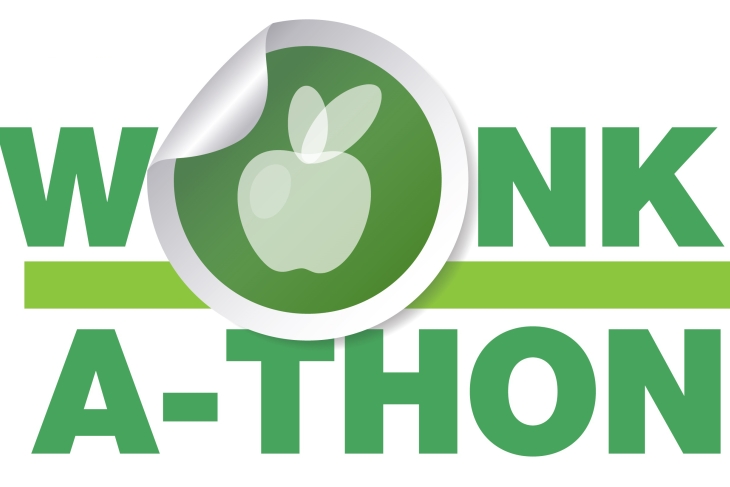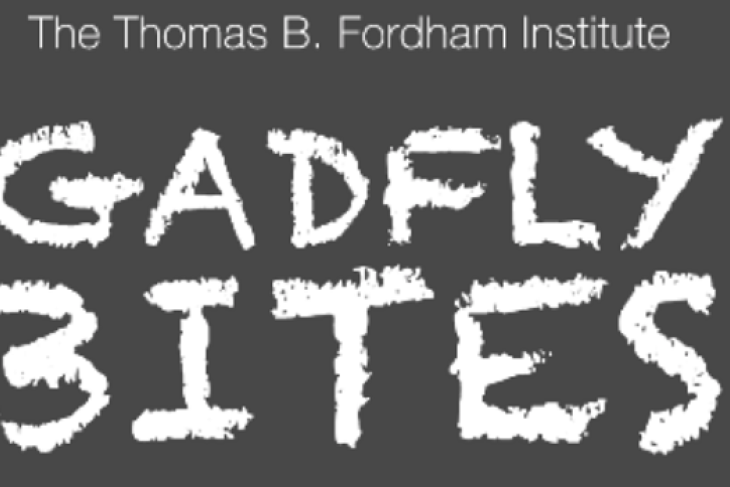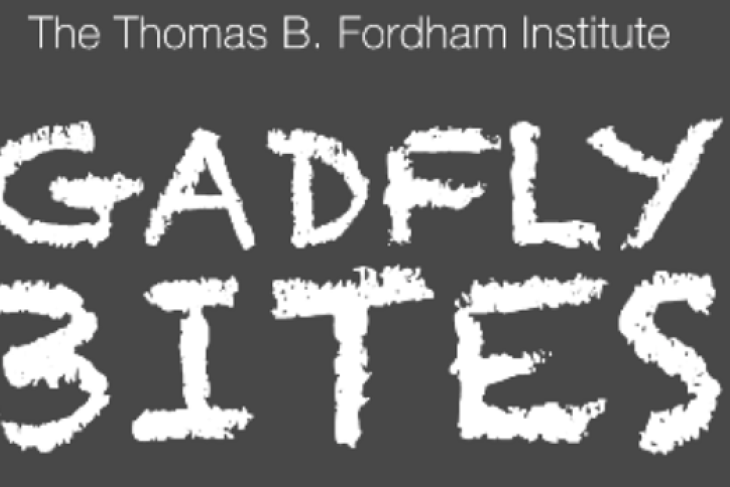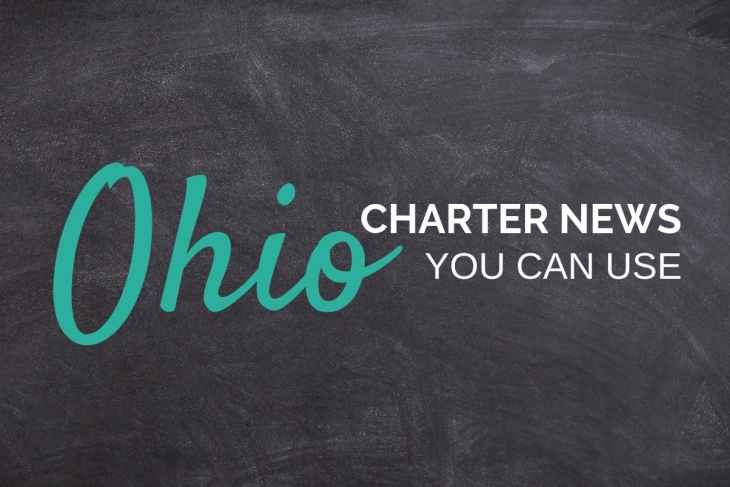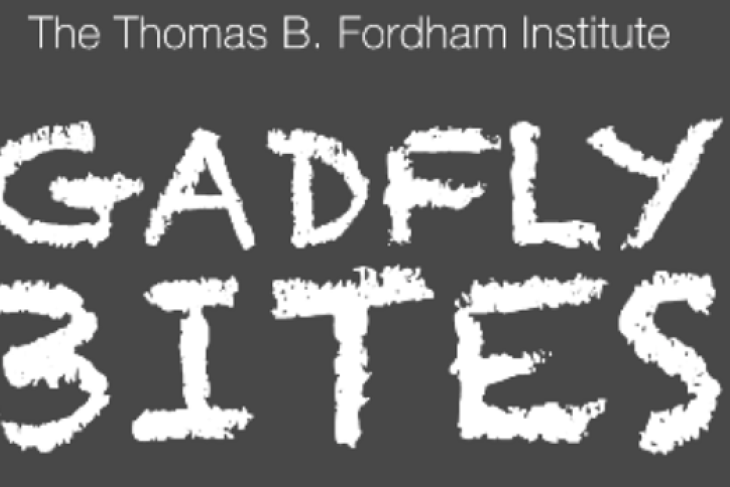Editor’s note: This is a submission to Fordham’s 2019 Wonkathon, in which we ask participants to answer the question: “What’s the best way to help students who are several grade levels behind?” This entry does so via answers to hypothetical queries.
Q: A struggling sixth grader arrives to his new school. He failed the state’s math exam in grades 3, 4, and 5. Typically, what’s the problem?
A: The “knowledge/skill” problem? He probably cannot multiply or divide whole numbers very well, let alone handle fractions, decimals, percentages, or negative numbers.
Teacher: "What is one half plus a third?” Sixth grader: “I don’t know."
The bigger problem, now that he’s a sixth grader, is actually his mood/attitude/motivation/confidence. He’s frustrated. Math class to him is like being thrown in a swimming pool each day and thrashing about, gasping for breath.
Q: You focused on basic arithmetic. Common Core promotes “math understanding” and relevance to real life. Where does that fit in?
A: Teachers fiercely debate this point. I would say that for sixth grade strugglers, these well-intended goals make them worse off.
Let’s imagine a beginning basketball player who struggles to make a layup when shooting alone. Now we add a defender. Sometimes he manages to dribble past the defender, but still can’t make the layup. Sometimes he would have made the layup, but the defender steals the ball or blocks his shot before he can even try.
There are now two paths to fail and just one to succeed. From his point of view, you’re just being mean.
Q: No-excuses charter middle schools, like KIPP, succeed with struggling sixth graders. What do they do?
A: Some context first.
First, no-excuses charters have generally done better in math than in English, where gains remain frustratingly low. Second, no-excuses charters like KIPP have changed over the years. These days many CMOs start with pre-K students instead of new middle schoolers. Third, an MIT study showed that no-excuses charters do not help their top students much; the “average gains” come from large gains with the lowest students. Fourth, per a submission to Fordham’s 2014 Wonkathon, charters have unusual teacher populations; efforts to take charter “methods” alone, and bring to other schools without these unusual teachers, have not succeeded.
So what do these unusual teachers do when faced with a room of twenty sixth graders, ten of whom are really far behind?
They try not to despair.
Q: What do you mean? That sounds dumb and new age-y.
A: Math is not a subject like, say, history, where you have a “blank slate.” “Hey, kids. Today we’re going to learn about the Ming Dynasty. I’m going to assume nobody knows about that. So I’ll start at the beginning.”
To oversimplify, the sixth grade math teacher has two groups. One is ready to learn today’s new topic—like “how to solve for X.” The other is simply not. Teachers face an unpleasant choice.
A typical teacher will plow ahead anyway with the new topic. They despair because they know that many kids will be lost and frustrated. But the teacher can’t say, “Let’s go way back to second grade math.” That would create a different type of frustration. Moreover, the ten strugglers aren’t a coherent group: different gaps, different “false” understandings that need to be unwound.
Q: What does a charter teacher do differently?
A: First, the system—department head, principal, fellow teachers—allows more “re-teaching” in a given day of what kids didn’t grasp in previous days. There’s often permission to “slow down” as needed (though admittedly this is often quite choppy).
Second, more teachers “pull” kids to their afterschool sessions. It’s an inverted version of simply offering help after school (then shrugging when nobody shows up).
Many non-charter teachers also use these tactics as lone wolves. But that's easier when it is the norm across a whole school.
Q: How do you get students to show up?
A: Teachers build relationships with students, and perhaps more so, their parents. This means a lot of Sunday afternoon and evening phone calls home meant to parents, often to convince reluctant ones. It’s time consuming. But it allows teachers to get strugglers to at least accept some help.
Q: What happens in those afterschool sessions?
A: You’re not solving for “root cause" limitations right away. You’re solving for attitude. You’re looking for any “win” you can generate.
Often that means getting them to complete tonight’s homework, or to pass the next quiz and test, even if it’s a hazy understanding. There’s a certain “fake it until you make it” you can do around concepts. If today in class you introduced the topic of “solving for X,” you can get a kid to grasp that concept. At least he can then solve for X in “2X = 10,” even if he can’t solve for “1/4X = X - 10.5.”
If you’re lucky, you get enough time to help students on their “root cause” weaknesses, like basic multiplication.
Q: That seems inefficient.
A: Logistically, each struggler may need a few hundred hours of one-on-one tutoring to really solve her root cause issue. No teacher has that much time.
Q: It’s more than just time, right? Doesn’t the instructor need to tailor the strategies?
A: Tailoring helps, sure. But we can take a lesson here from politicians: authenticity sometimes matters more than policies.
Teacher authenticity—being “themselves” pedagogically, teaching in a way they believe in and thereby bringing more positive energy and enthusiasm—sometimes matters more to a struggler than technical math teaching “moves.”
Some star teachers take very different approaches than what I’ve outlined above. It’s not just struggling students affected by mood/attitude/motivation/confidence. That affects teachers, too. They can’t squirm into whole new personas to fit each student.
Q: Can’t we arrange that sort of high-dosage one-on-one tutoring and free up the teacher?
A: High-dosage tutoring (HDT) worked in Houston turnaround schools. Now it’s gone. It worked in Lawrence, Massachusetts. Now it’s gone. HDT is expensive. It continues to thrive in Chicago and a few other places with philanthropic support. It requires great execution. Like outlier charter schools, HDT succeeds when delivered by an unusually skilled team. Its effect seems muted with “regular” implementers doing it on the cheap. Often it’s better in those cases to do nothing at all because the remedial effect is zero and there are opportunity costs.
For political and cultural reasons, though, no matter how high its efficacy is, HDT has struggled to generate staying power.
Q: What are the political and cultural components?
A: In China, even poor parents spend huge sums to buy tutoring for their children. Here in the U.S., it’s mostly wealthy parents who pony up for one-on-one help.
As for public schools paying, HDT does not have any natural advocacy base. Class size reduction, social workers and other specialists, teacher raises—these are far more popular.
Q: Can’t technology help?
A: At the fringes. The quiet truth is that many high-performing charters just use ed tech as a way to keep students productively busy so human teachers can try to work with smaller groups.
Unfortunately, though the likes of Khan Academy are great tools for thriving learners, they’re not as good with strugglers. Motivation remains a thorny issue.
I’m sure AI will get there one day, where computer tutors will beat human tutors, just like in chess. The Chan Zuckerberg Initiative and the Bill & Melinda Gates Foundation are working on this issue. But for now, humans beat computers at helping struggling students. Alas, our time is expensive.
